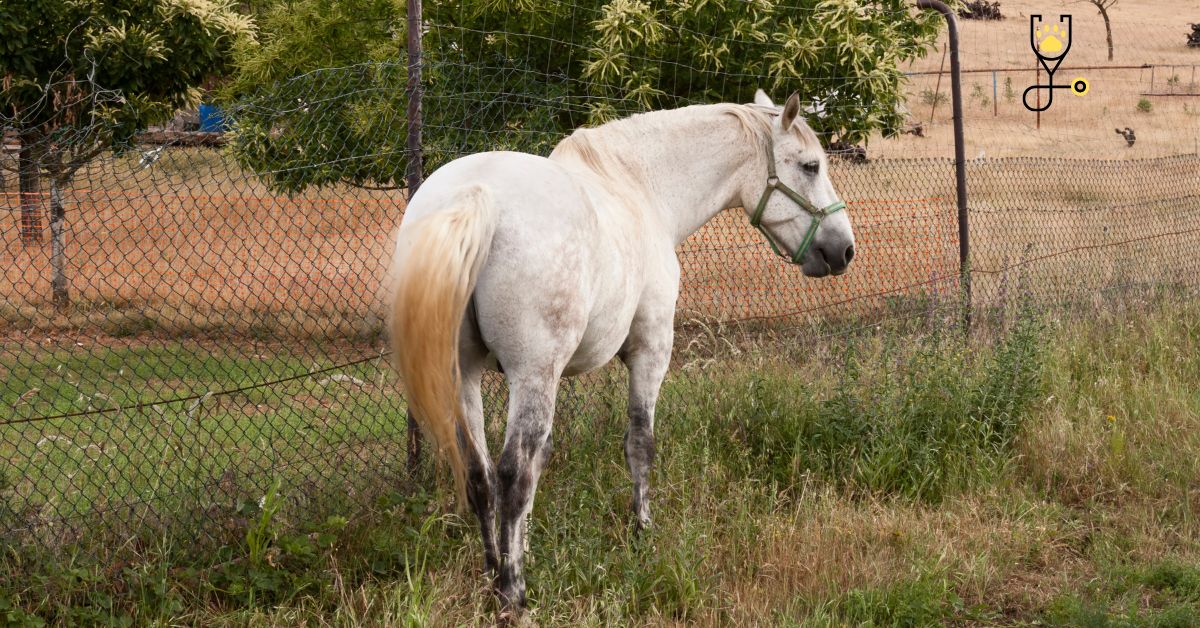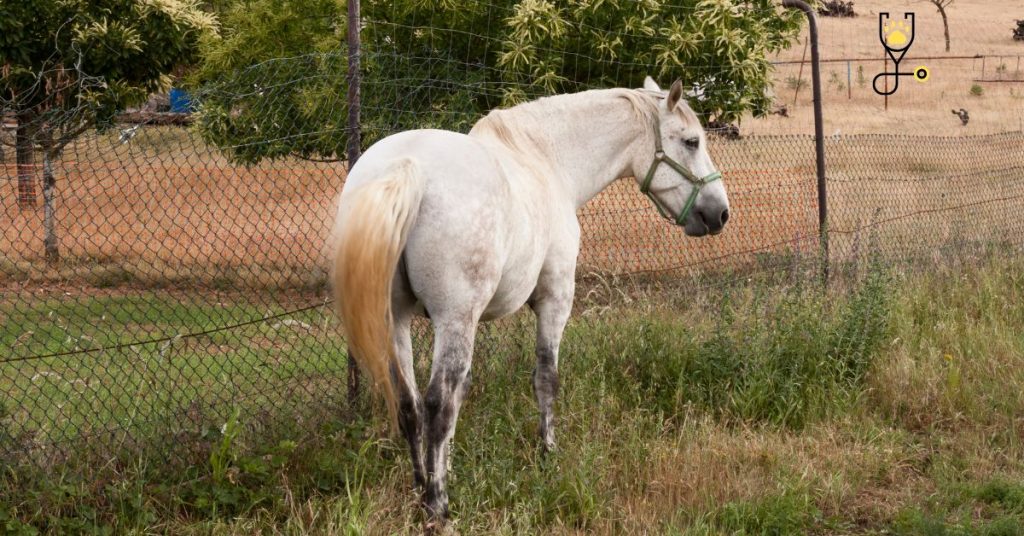If you’re a horse owner, then you know that they can sometimes develop physical issues that affect their ability to ride. In this blog post, we’ll discuss some of the most common physical problems that horses develop, and we’ll also provide some tips on how to deal with them. Thanks for reading!
Major Physical Issues and Riding Problems In Horses
1. Arthritis in Horses
Arthritis is a common problem in horses, especially as they age. It is a degenerative disease of the joints that can cause pain, lameness, and stiffness.
There are many different types of arthritis, but the most common is osteoarthritis.
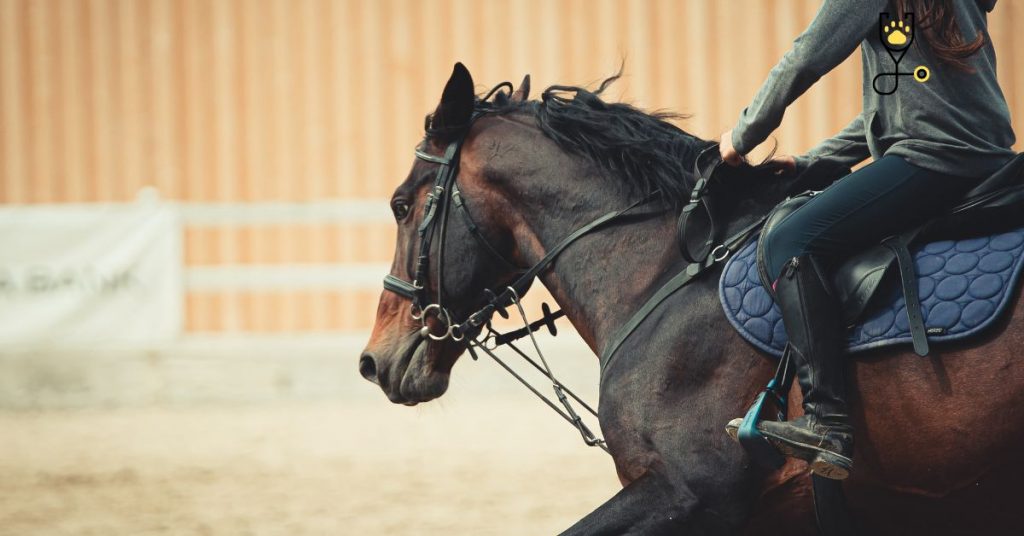
Preventing and Treating Arthritis in Horses
There is no cure for arthritis, but there are ways to manage the pain and help your horse stay comfortable. Some things you can do to prevent arthritis or manage the pain include:
- Providing a healthy diet rich in vitamins and minerals
- Keeping your horse at a healthy weight
- Exercising your horse regularly
- Using joint supplements
- Giving your horse regular massages
- Applying heat or cold therapy
Treatment Of Arthritis In Horses
If your horse is already showing signs of arthritis, there are many treatments available to help manage the pain. Some common treatments include:- Pain medication- Anti-inflammatory drugs- Joint injections- Surgery
2. Laminitis in Horses
Laminitis is a condition that affects the sensitive layers of tissue that connect the hoof to the bone. It can be caused by a variety of things, including infection, injury, or overuse. Laminitis can be extremely painful, and it can lead to lameness.
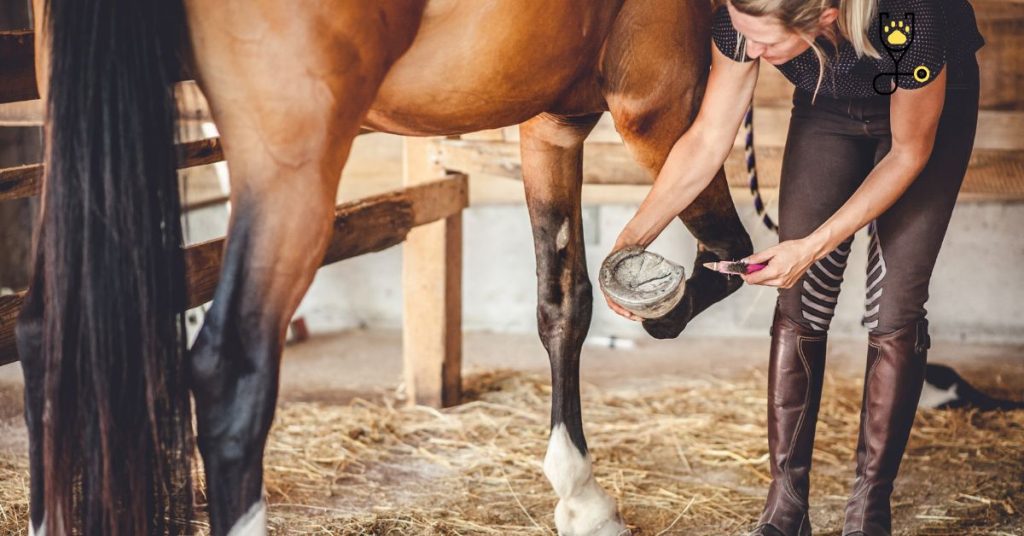
Preventing Laminitis in Horses
There are several things you can do to prevent laminitis, including:
- Providing a healthy diet rich in vitamins and minerals
- Keeping your horse at a healthy weight
- Exercising your horse regularly
- Using hoof supplements
- Trimming your horse’s hooves regularly
Treating Laminitis in Horses
If your horse has laminitis, there are several treatment options available. Some common treatments include:
– Pain medication
– Anti-inflammatory drugs
– Joint injections
– Surgery
3. Hollow Back Syndrome In Horses
The hollow back syndrome is a condition that causes the horse’s back to become hollow or sunken. It can be caused by a variety of things, including poor nutrition, incorrect saddle fit, and muscle weakness. The hollow back syndrome can cause a variety of problems, including pain, lameness, and difficulty riding.
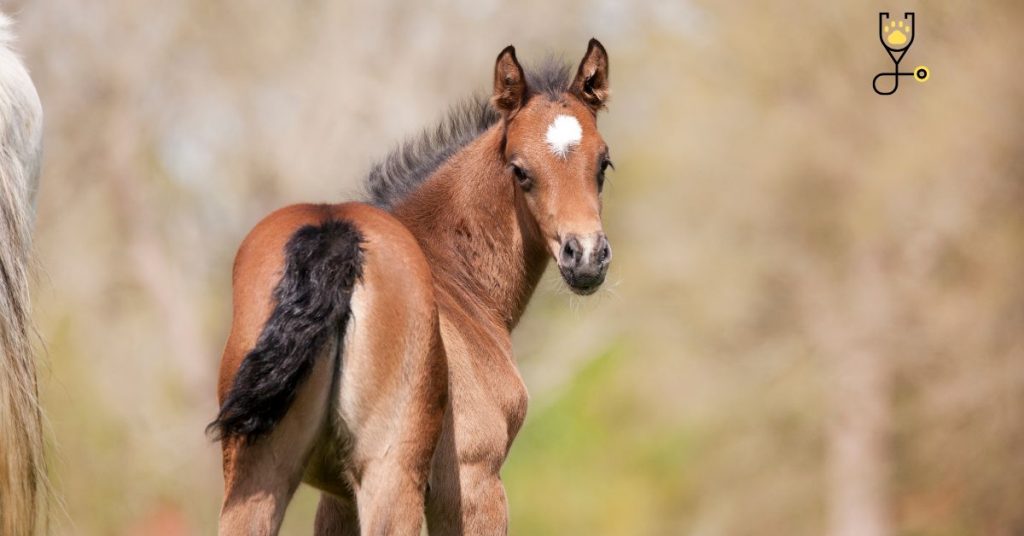
Preventing Hollow Back Syndrome
There are several things you can do to prevent the hollow back syndrome, including:
- Providing a healthy diet rich in vitamins and minerals
- Keeping your horse at a healthy weight
- Exercising your horse regularly
- Checking your saddle fit regularly
- Strengthening the muscles in your horse’s back
Treatment of Hollow Back Syndrome
If your horse has the hollow back syndrome, there are several treatment options available. Some common treatments include:
– corrective shoes or pads
– physiotherapy
– massage
– chiropractic adjustments
4. Kissing Spines Syndrome In Horses
Kissing spines syndrome is a condition that causes the vertebrae in the horse’s back to rub together. It can be caused by a variety of things, including poor nutrition, incorrect saddle fit, and muscle weakness. Kissing spines syndrome can cause a variety of problems, including pain, lameness, and difficulty riding.
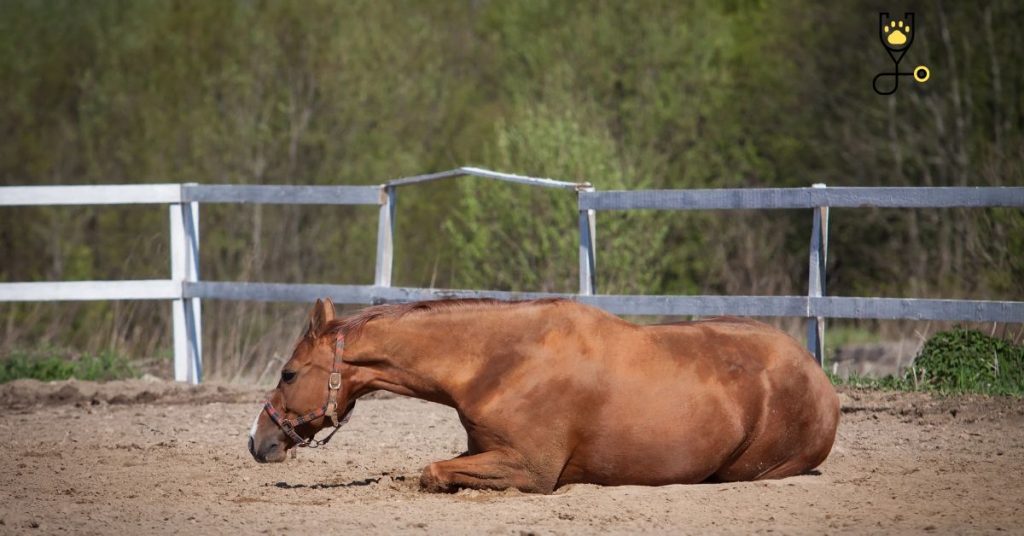
Preventing Kissing Spines Syndrome
There are several things you can do to prevent kissing spines syndrome, including:
- Providing a healthy diet rich in vitamins and minerals
- Keeping your horse at a healthy weight
- Exercising your horse regularly
- Checking your saddle fit regularly
- Strengthening the muscles in your horse’s back
Treatment of Kissing Spines Syndrome
If your horse has kissing spines syndrome, there are several treatment options available. Some common treatments include:
– corrective shoes or pads
– physiotherapy
– massage
– chiropractic adjustments
5. Navicular Disease in Horses
Navicular disease is a condition that affects the navicular bone, which is located in the horse’s hoof. It can be caused by a variety of things, including poor nutrition, incorrect shoeing, and injury. The navicular disease can cause a variety of problems, including pain, lameness, and difficulty riding.
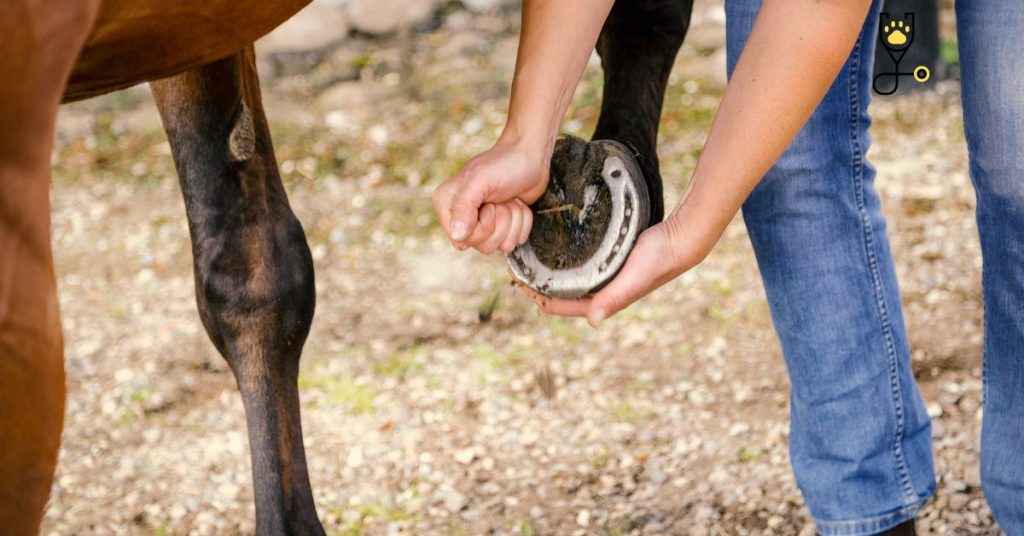
Preventing Navicular Disease
There are several things you can do to prevent navicular disease, including:
- Providing a healthy diet rich in vitamins and minerals
- Keeping your horse at a healthy weight
- Exercising your horse regularly
- Checking your horse’s feet regularly
- Trimming your horse’s hooves properly
Treatment of Navicular Disease
If your horse has the navicular disease, there are several treatment options available. Some common treatments include:
– Pain medication
– Anti-inflammatory drugs
– Joint injections
– Surgery
6. Sway Back Syndrome
Swayback syndrome is a condition that causes the horse’s back to become swaybacked or dipped. It can be caused by a variety of things, including poor nutrition, incorrect saddle fit, and muscle weakness. Swayback syndrome can cause a variety of problems, including pain, lameness, and difficulty riding.
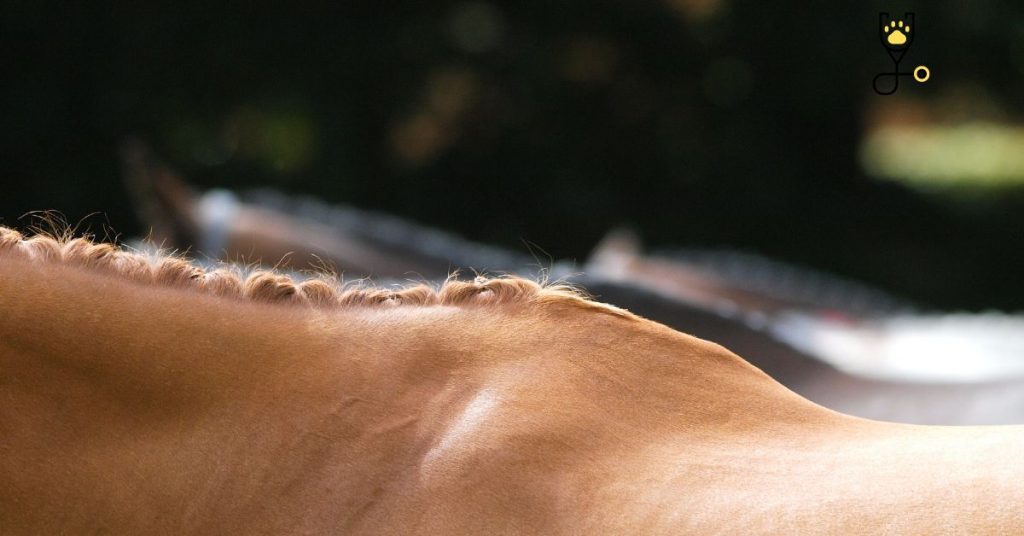
Preventing Swayback Syndrome
There are several things you can do to prevent swayback syndrome, including:- Providing a healthy diet rich in vitamins and minerals
- Keeping your horse at a healthy weight
- Exercising your horse regularly
- Checking your saddle fit regularly
- Strengthening the muscles in your horse’s back
Treatment of Swayback Syndrome
If your horse has swayback syndrome, there are several treatment options available. Some common treatments include:
– corrective shoes or pads
– physiotherapy
– massage
– chiropractic adjustments
7. Locked Stifles Syndrome
Locked stifles syndrome is a condition that causes the horse’s stifle joint to lock up. It can be caused by a variety of things, including poor nutrition, incorrect saddle fit, and muscle weakness. Locked stifles syndrome can cause a variety of problems, including pain, lameness, and difficulty riding.
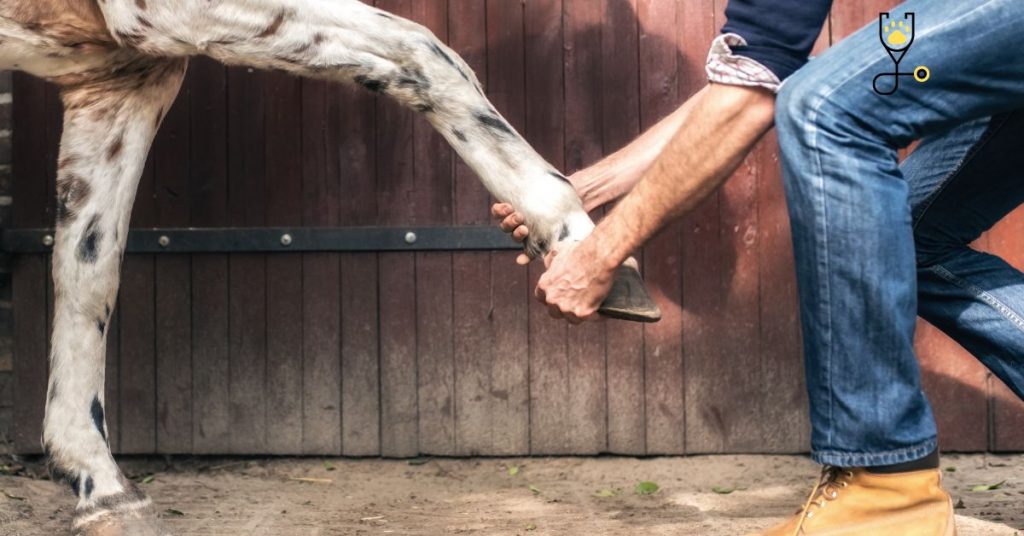
Preventing Locked Stifles Syndrome
There are several things you can do to prevent locked stifles syndrome, including Providing a healthy diet rich in vitamins and minerals Keeping your horse at a healthy weight Exercising your horse regularly Checking your saddle fit regularly Strengthening the muscles in your horse’s back.
Treatment of Locked Stifles Syndrome
If your horse has locked stifles syndrome, there are several treatment options available. Some common treatments include:
– corrective shoes or pads
– physiotherapy
– massage
– chiropractic adjustments
Tips for preventing back problems in horses
1. Provide a healthy diet: A healthy diet is important for all horses, but it is especially important for those with back problems. A diet rich in vitamins and minerals will help to keep the muscles and bones strong.
2. Keep your horse at a healthy weight: Being overweight can put extra strain on the horse’s back and can cause back problems.
3. Exercise your horse regularly: Exercise is important for all horses, but it is especially important for those with back problems. Regular exercise will help to keep the muscles strong and prevent further injury.
4. Check your saddle fit regularly: An ill-fitting saddle can cause back problems. Make sure you check your saddle fit regularly and make any necessary adjustments.
5 . Strengthen the muscles in your horse’s back: Strong muscles will help to support the horse’s back and prevent injuries. There are a variety of exercises you can do to strengthen the muscles in your horse’s back.
6. Have your horse checked by a veterinarian: If you think your horse may have a back problem, it is important to have him checked by a veterinarian. They will be able to diagnose the problem and recommend the best course of treatment.
Prognosis
The prognosis for horses with back problems varies depending on the severity of the problem. Many horses are able to lead normal, happy lives with proper care and treatment. However, some horses may require lifelong care and may never be able to be ridden again. It is important to work closely with your veterinarian to create a treatment plan that is best for your horse.
Conclusion
Back problems are a common issue in horses. There are a variety of things that can cause back problems, including incorrect saddle fit, muscle weakness, and poor nutrition. There are several things you can do to prevent back problems, including providing a healthy diet, exercising your horse regularly, and checking your saddle fit. If your horse does develop back problems, there are a variety of treatment options available. It is important to work closely with your veterinarian to create a treatment plan that is best for your horse.
Frequently Asked Questions
1. What are some common causes of back problems in horses?
There are a variety of things that can cause back problems in horses, including incorrect saddle fit, muscle weakness, and poor nutrition.
2. What are some things you can do to prevent back problems?
There are several things you can do to prevent back problems, including providing a healthy diet, exercising your horse regularly, and checking your saddle fit.
3. What are some treatment options for back problems?
If your horse has back problems, there are several treatment options available. Some common treatments include corrective shoes or pads, physiotherapy, massage, and chiropractic adjustments.
4. What is the prognosis for horses with back problems?
The prognosis for horses with back problems varies depending on the severity of the problem. Many horses are able to lead normal, happy lives with proper care and treatment. However, some horses may require lifelong care and may never be able to be ridden again.
5. How can I find out more information about back problems in horses?
If you would like more information about back problems in horses, please speak to your veterinarian. They will be able to provide you with more specific information and advice.
